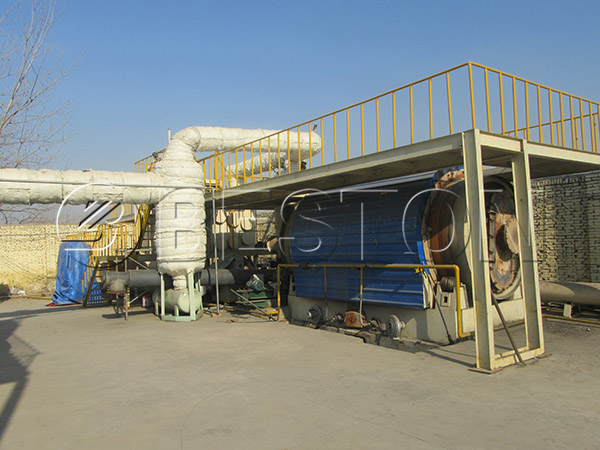Tyres are a product of petrochemicals, which are a limited resource. Tyres also cause environmental pollution because they do no degrade easily, prevent air and water from getting into earth and create further conditions that are damaging to the environment. Tyre recycling can help to mitigate this problem, and there are a number of technologies developed that help the tyre to be recycled while retaining its properties, or by complete conversion of the tyre waste to fuel oil. Get tyre to oil plant price here.

The pyrolysis tyre to oil technology is the new generation of recycling and is an alternative to managing tyre wastes. In this technology the waste tyre is subjected to high temperatures in the absence of air, and this causes the tyre to change its chemical composition and breakdown into liquid hydrocarbons that can be used as fuels with tyre pyrolysis plant. This process is called pyrolysis and it is the absence of oxygen that hastens the process of degradation of the waste tyre. The waste is continuously treated in chambers, and the heat causes pyrolytic gases, which when condensed yield hydrocarbon distillates along with other aromatic hydrocarbons. The mixture that results in this process is very similar to petroleum distillate.
The process of converting tyre waste into fuel oil is conducted in reactors of pyrolysis machine that do not require too much of space, and an area of 5000 square feet and a height of 20 feet is considered adequate for the equipment. Most of this equipment is highly automated and does not require too much of attendance. The present technologies allow tyres recycling that do not have to be washed or sorted, while it is best if the waste consists of products of polyethylene and polypropylene.
Water is used to cool the product in condensers, but if used in a closed loop which has no contact with the process, the water can be re-circulated after cooling, and remains uncontaminated and clean. It is only necessary to use some gas or other fuel to start up the heating in the reactor, as one its starts producing its own gases, the process sustains itself.